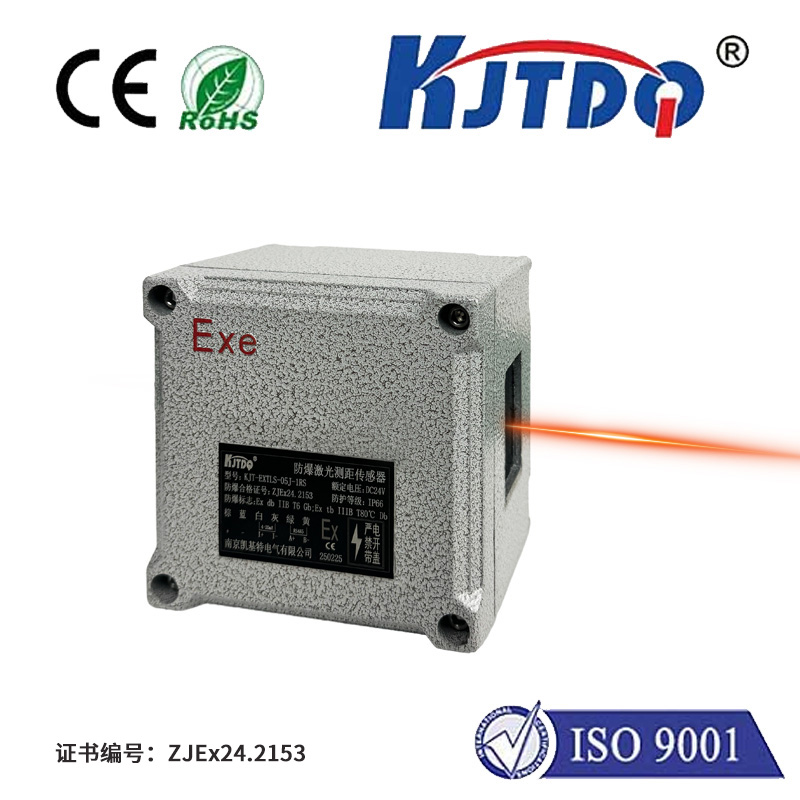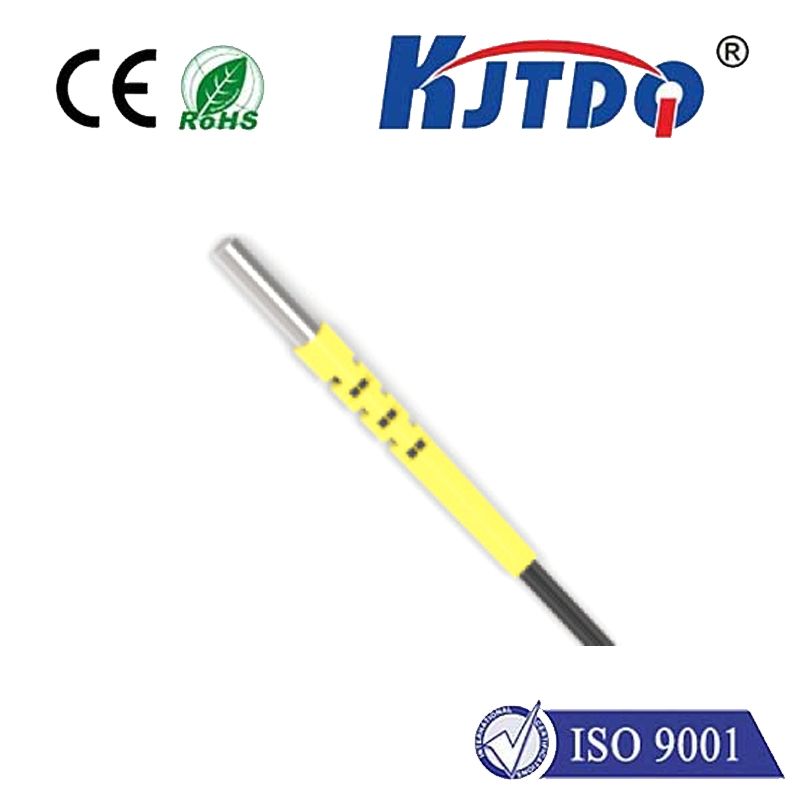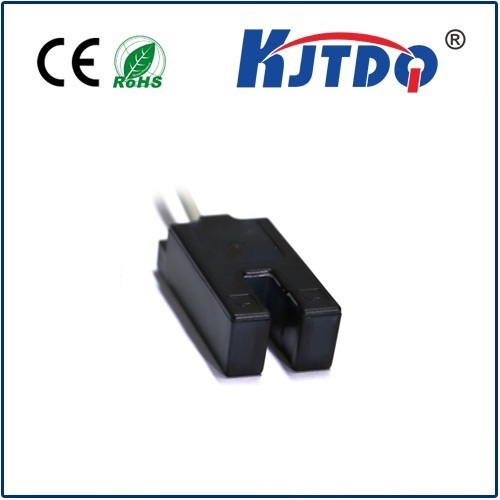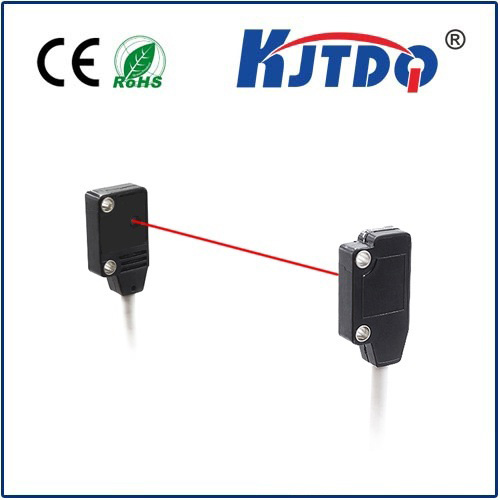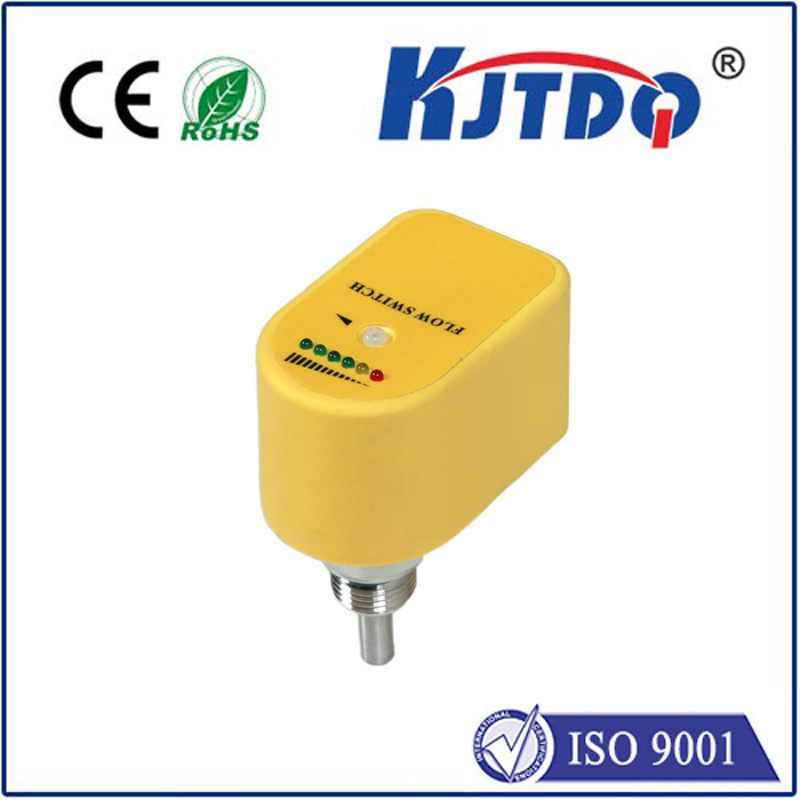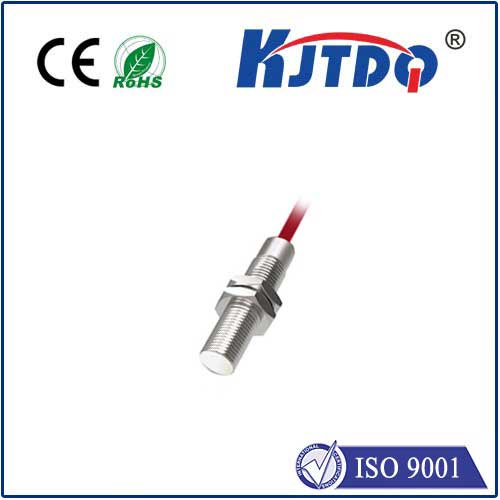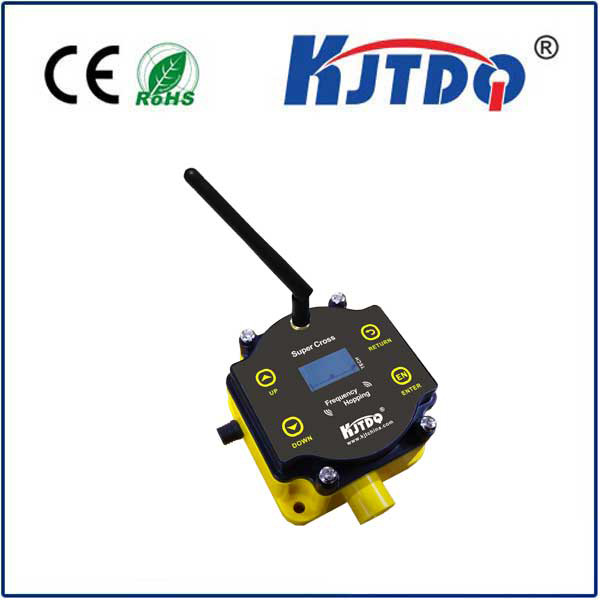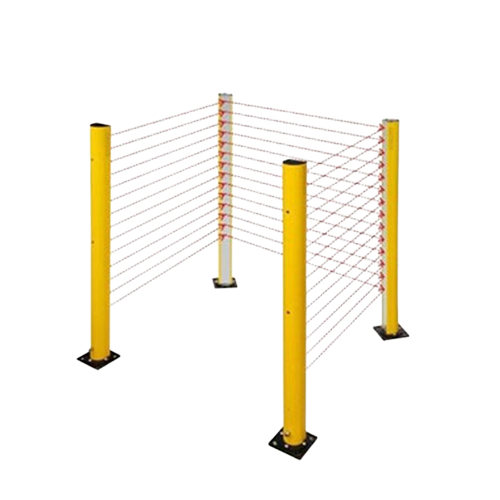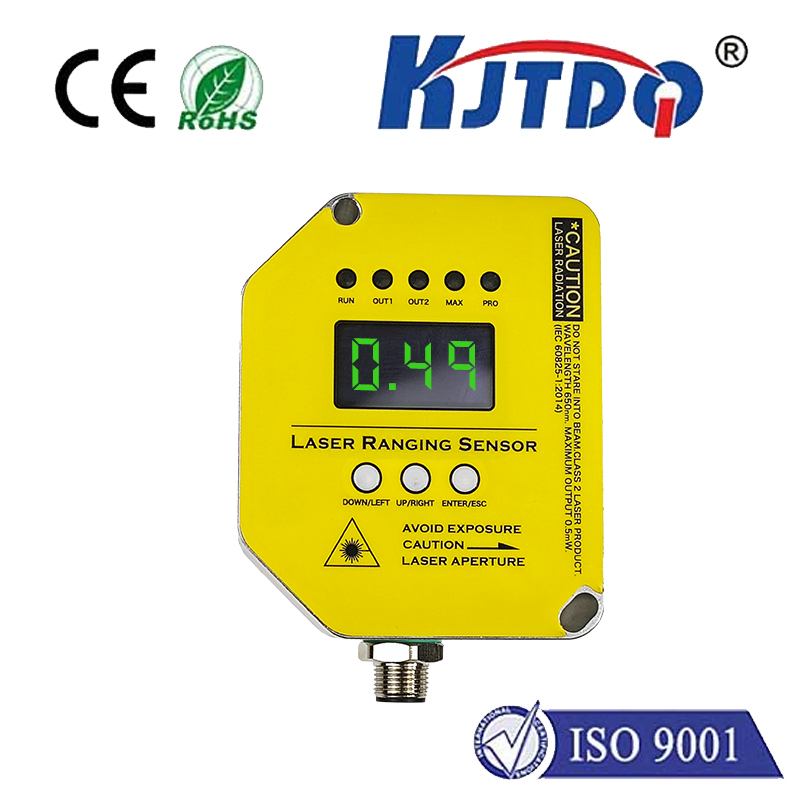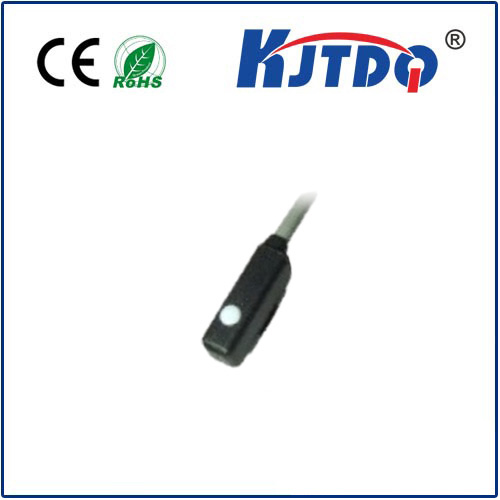

check

check

check

check

check

check

check

check

check

check
Title: Inductive Limit Switches: A Comprehensive Guide
Introduction to Inductive Limit Switches
In the realm of industrial automation and control systems, limit switches are an essential component that help in detecting the end of a mechanical switch or contact. Among various types of limit switches, inductive limit switches (ILQS) have gained significant popularity due to their reliable performance and cost-effectiveness. This article aims to provide an in-depth understanding of inductive limit switches, including their working principle, characteristics, applications, and maintenance requirements.
Section 1: Working Principle of Inductive Limit Switches
An inductive limit switch relies on the interaction between a magnetic coil and a metal contact to sense the switching position of the mechanical switch or contact. When the mechanical switch is opened, it creates a gap between the magnetic coil and the metal contact, causing a change in the magnetic field produced by the coil. The change in magnetic field induces a voltage across the coil, which is then used to control the flow of electric current through a circuit.
The basic operation of an inductive limit switch can be summarized as follows:
1. The mechanical switch opens, creating a gap between the magnetic coil and the metal contact.
2. The change in magnetic field induces a voltage across the coil.
3. The voltage across the coil powers an electrical signal that travels along a circuit.
4. The electrical signal controls the flow of electric current through the circuit, either turning on or off a motor or other load.
Section 2: Characteristics of Inductive Limit Switches
Some key characteristics of inductive limit switches include:
1. High sensitivity: ILQSs have high sensitivity compared to other types of limit switches, making them suitable for detecting even small changes in mechanical switch positions.
2. Fast response time: Due to their high sensitivity, inductive limit switches can detect switching positions quickly, typically within milliseconds.
3. Low power consumption: Compared to electromechanical limit switches, ILQSs require significantly less power to operate, making them more efficient and cost-effective.
4. Long lifespan: With proper care and maintenance, inductive limit switches can withstand harsh operating conditions and have a long lifespan of several years.
Section 3: Applications of Inductive Limit Switches
Inductive limit switches find widespread use in various industries, including automotive, aerospace, pharmaceutical, food processing, and packaging machinery. Some specific applications include:
1. Sensorless motor control: Inductive limit switches can be used in sensorless motor control systems to detect the switching position of the mechanical switch or contact and control the speed of the motor accordingly.
2. Positioning control: ILQSs can be used for precise positioning control in machines that require high accuracy, such as CNC machines and laser cutting systems.
3. Load protection: Inductive limit switches can be used to protect motors and other loads from overspeeding or damage caused by excessive force or stress.
4. Safety monitoring: ILQSs can be used for safety monitoring purposes, such as detecting when a machine has reached its maximum load capacity or when a mechanical switch has failed.
Section 4: Maintenance Requirements for Inductive Limit Switches
To ensure optimal performance and longevity of inductive limit switches, it is essential to follow regular maintenance procedures. Some important aspects to consider include:
1. Cleanliness: Regularly clean the contacts and coils to remove any dirt or debris that could interfere with their operation. Use caution when handling magnetic objects during cleaning to minimize the risk of damaging the contacts or coils.
